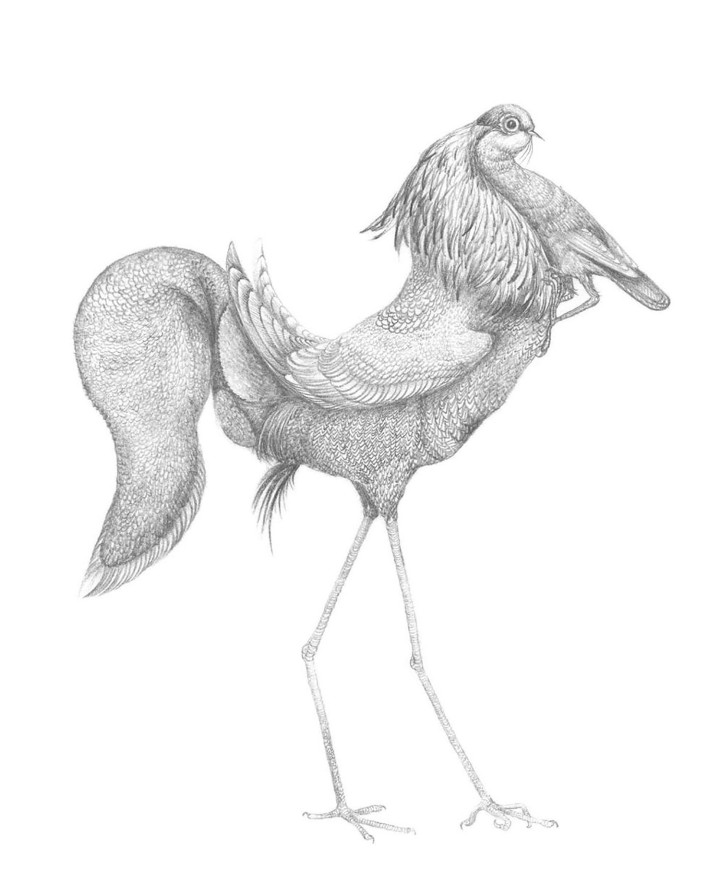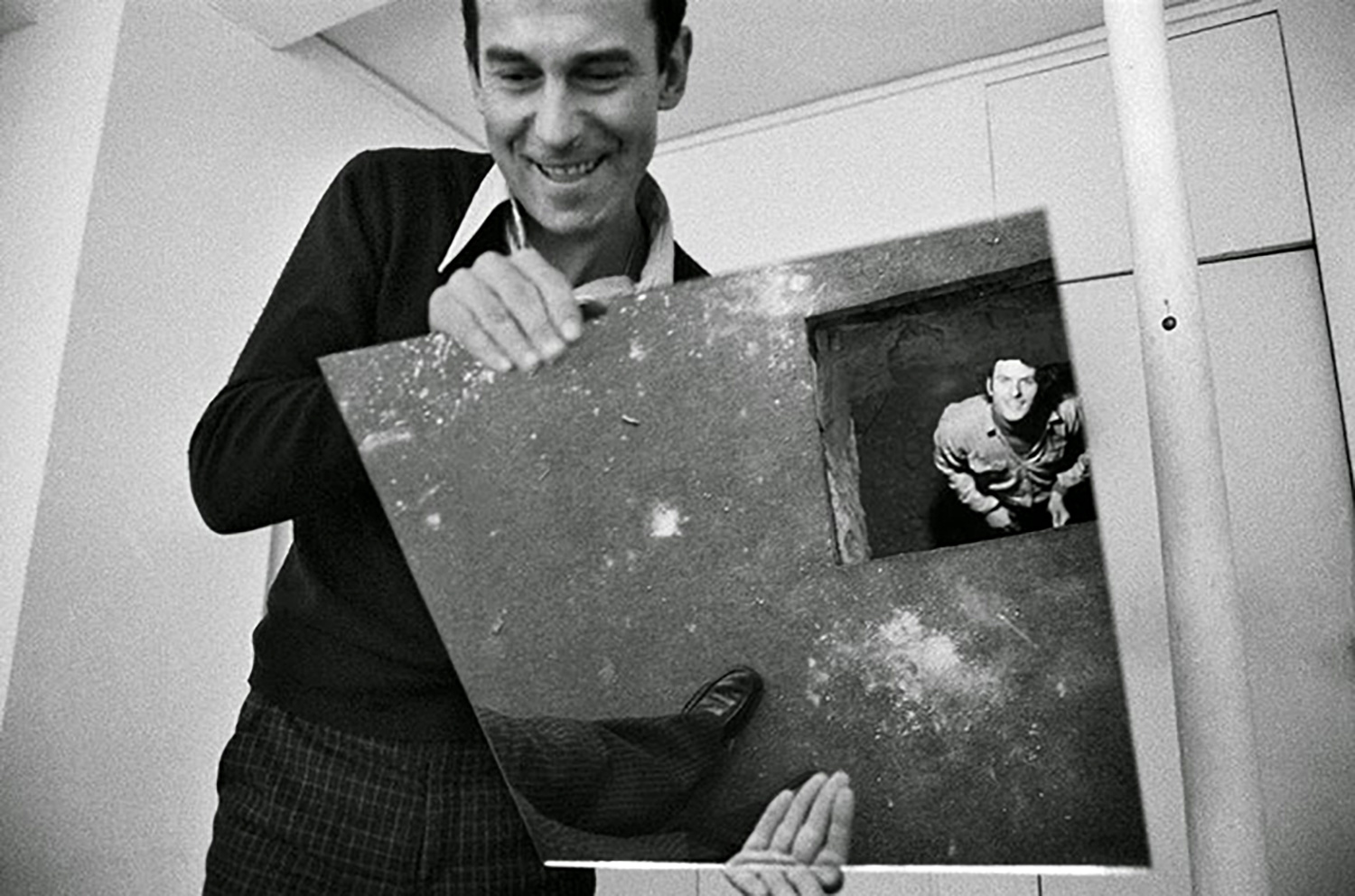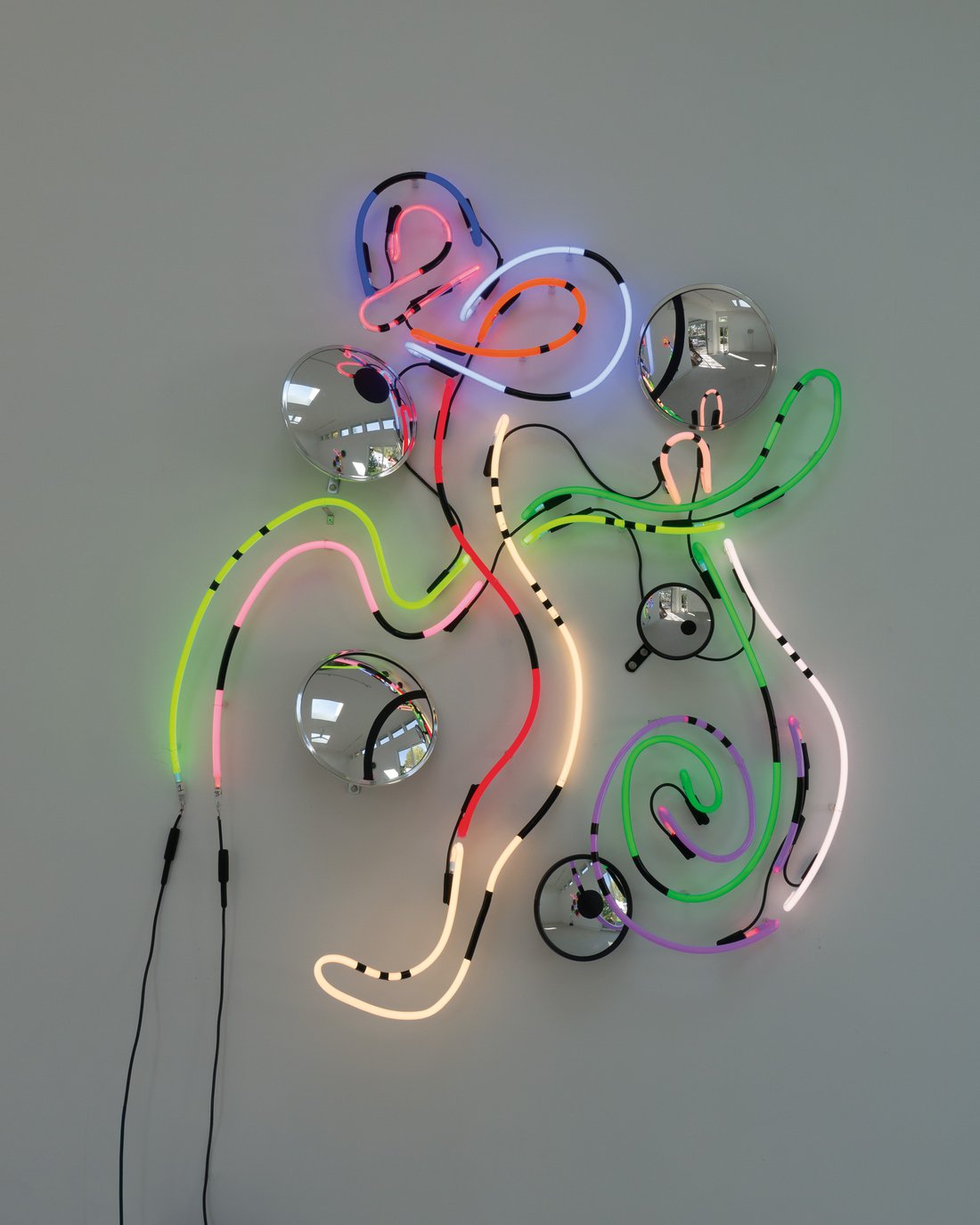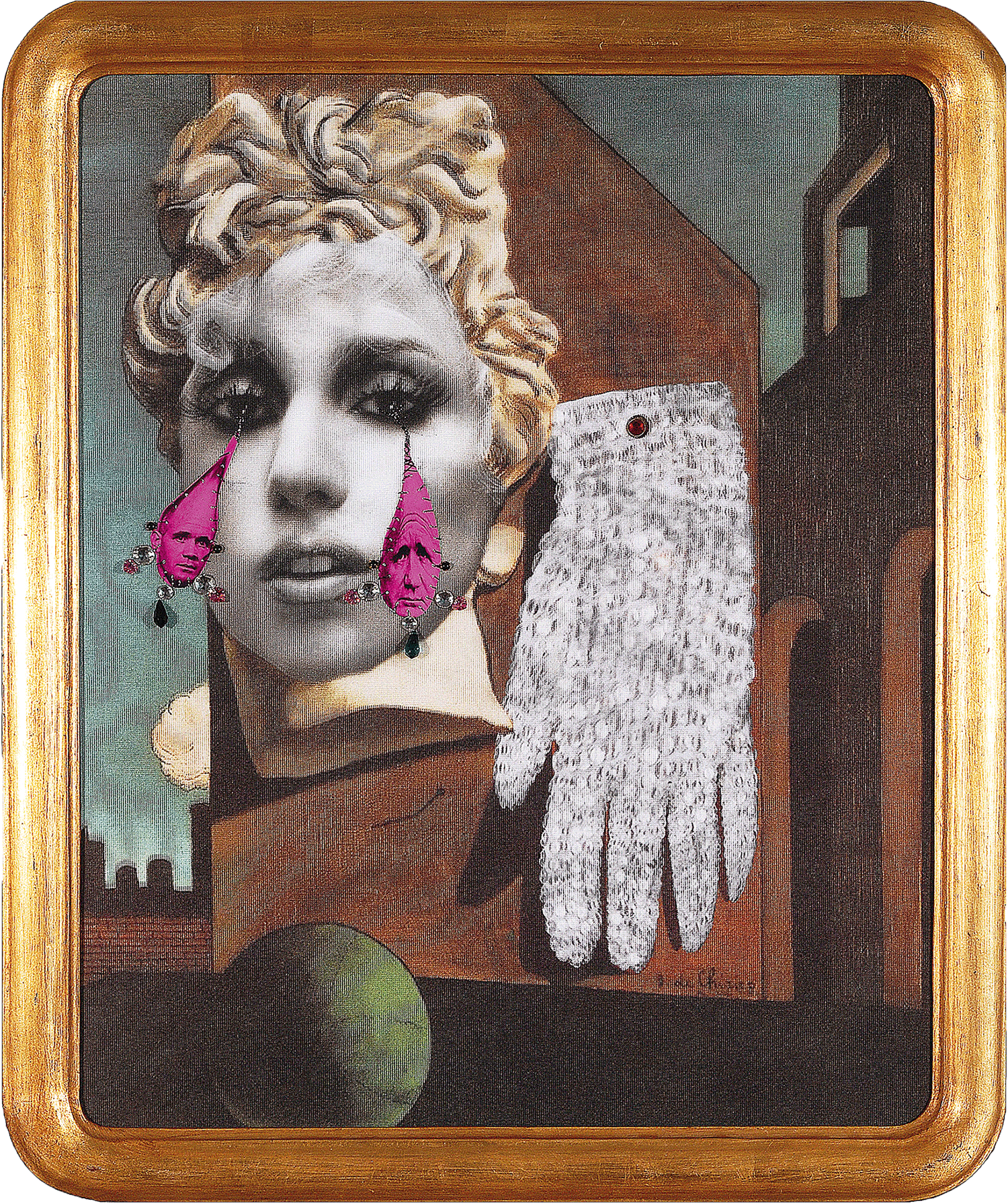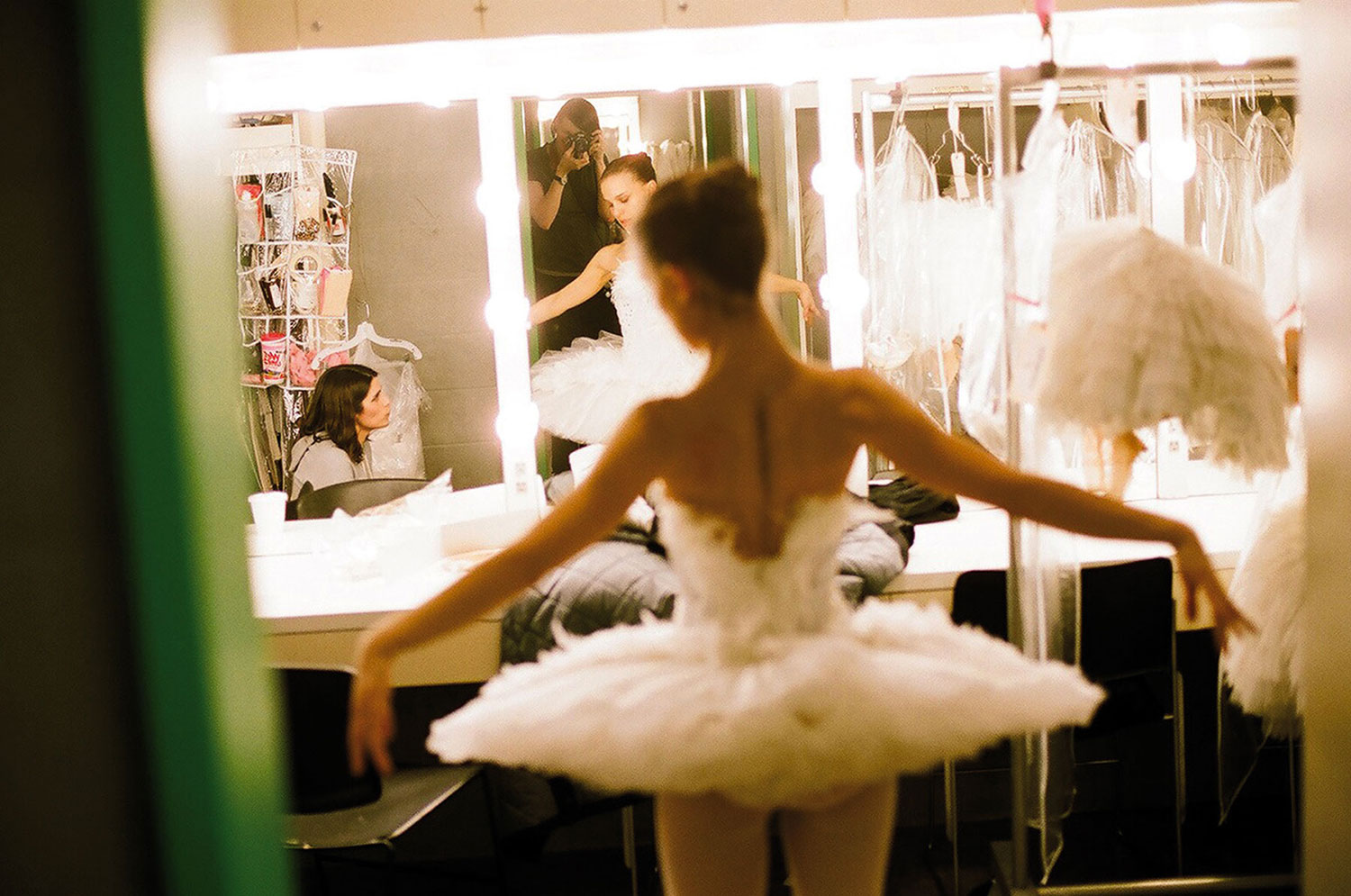
For Petrit Halilaj family bonds are important, especially because he has two families: one natural and one he defines as his surrogate Italian family in Bozzolo, near Mantua. In Bozzolo lives Angelo’s family, who Halilaj met during the Kosovo War. During the week the artist attends the Brera Academy of Fine Arts in Milan, but during the weekend he goes home to Bozzolo. Fundamental to this Kosovar artist is to understand Italy through his affection for others. For his graduate show, he dressed-up and acted like a dog in a costume made by the women of an Italian family. Prior to wearing it, the costume had been used as bedding by his dog. Animals are an important part of one’s family. Halilaj used to play with hens as child. Invited to a show in an Istanbul theme park, he (who had never been to a theme park due to the war) created a coop to share with the chickens. This initial performance was the germ of the idea that became the chicken shuttle — a coop made in the shape of a spacecraft.
Halilaj spoke with his sister about their (real) family’s house, about how difficult it was to build and how it grew up with them, constantly being remade out of a hodgepodge of added materials. In conversation, his sister Blerina told him that the family intended to move to Prishtina, which, after the war, was finally developing with lots of migrant settlement in the capital. The artist explains: “Initially, I wanted to see things from a different point of view. I needed to see things from above and needed a comfortable building for bourgeois hens. The hens would switch from a regular henhouse to a mansion painted Yves Klein Blue inside, as if they were under the open sky. In the end, me and my sister Blerina’s dream was seeming to come true, when we agreed to build it with my brothers and my father in a conversation via Skype.”

Halilaj’s contribution to the Berlin Biennale shows the frame of the house planned to become the new family home in Prishtina. Berlin will host documentation of this enterprise, including the family, with the wooden structure as skeleton or negative of the actual house in Prishtina, which acts as the positive. The new house will be the copy of the old. The chicken-coop shuttle was tested in the show “Back to the Future” at the Prishtina Contemporary Art Center in 2009. To give hens a shuttle for a home is not unlike giving them the ability to fly, given their natural inhibition.
Previously, Halilaj intertwined art and life at Chert Gallery in Berlin. In 2008 he created a makeshift display with pipes and furniture, transforming the gallery into a domestic space where he hosted his father. The exhibition space first became a home and then an exhibition space. For a second, this time solo show at Chert in 2009, a giant nest cradled vitrines that displayed household objects the artist made from memory. Given how today’s global world is characterized by the fundamental elements of mobility and instability, Halilaj’s work confronts the link between being rooted and uprooted. The shuttle-coop itself symbolizes the nodal point where roots and nomadism meet within the wandering identity of all migrants.

